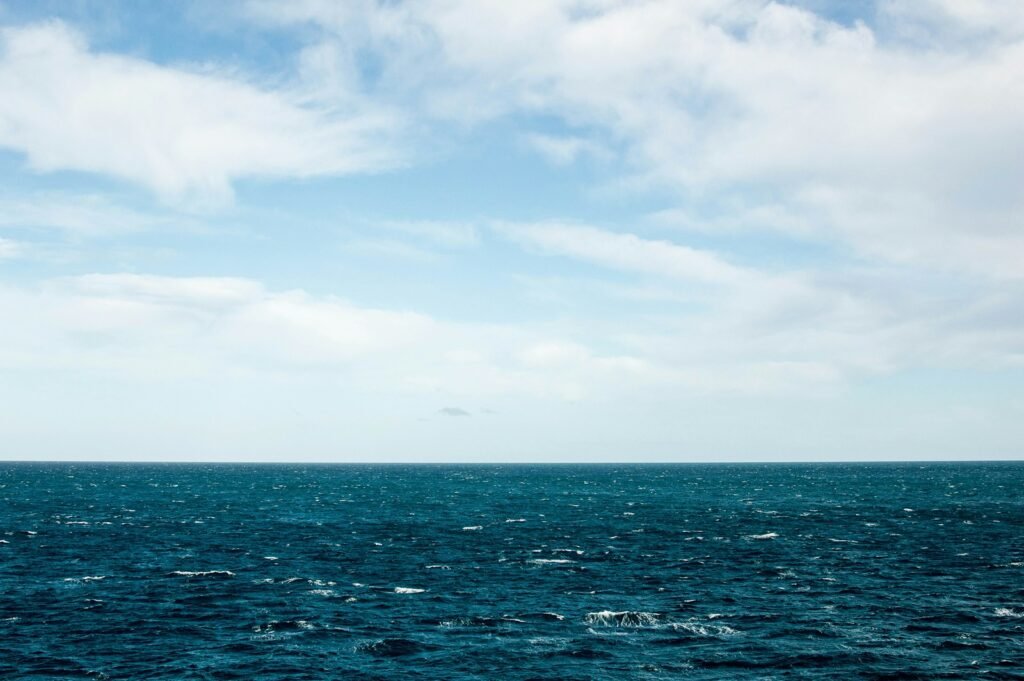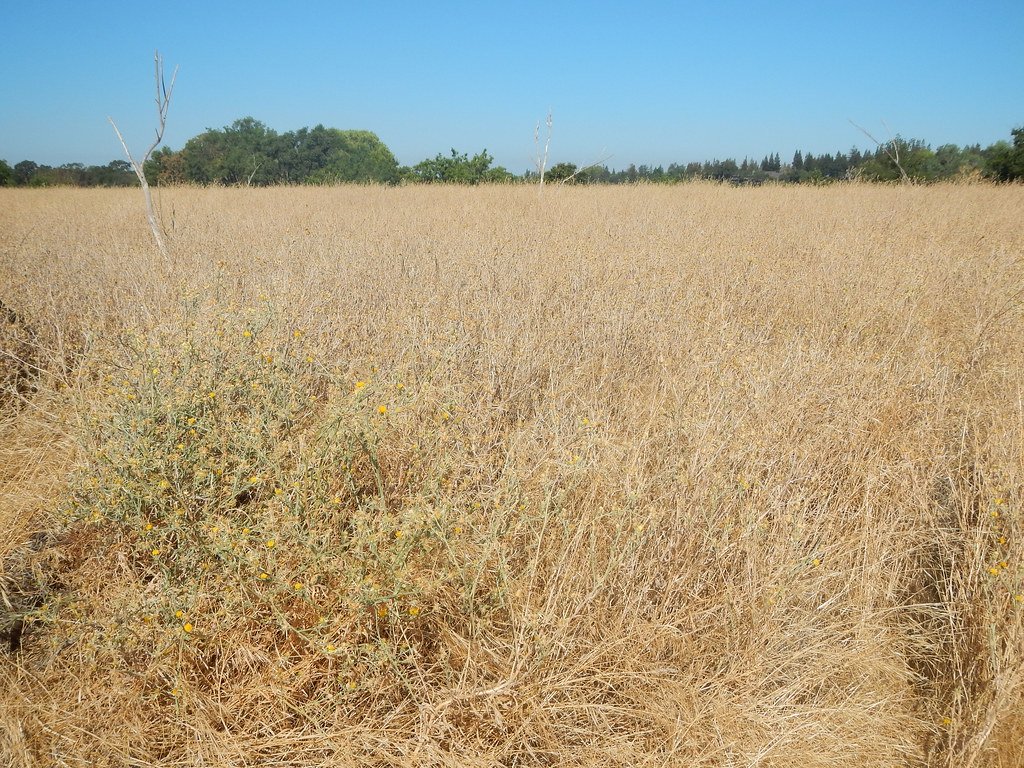Have you ever wondered why we call the Pacific an ocean but the Mediterranean a sea? Standing on any coastline, the water stretches endlessly to the horizon, yet somehow we’ve decided that some of these vast bodies deserve different names. The distinction between seas and oceans isn’t just about size, though that’s part of it. It’s a fascinating mix of geography, history, human perception, and scientific classification that has evolved over thousands of years. The way we name these waters tells the story of human exploration, our understanding of Earth’s structure, and how different cultures have viewed the watery world around them.
The Basic Size Rule That Started It All

The most obvious difference between seas and oceans is sheer size, and this has been the foundation of naming conventions for centuries. Oceans are massive bodies of saltwater that cover enormous areas of our planet, while seas are generally smaller and more contained. Think of it like comparing a football stadium to your backyard – both are open spaces, but the scale is completely different. The Pacific Ocean alone covers about 63 million square miles, which is larger than all the land on Earth combined. Meanwhile, the Mediterranean Sea, one of the world’s largest seas, covers only about 970,000 square miles. This size difference isn’t just about numbers on a map; it reflects completely different ecosystems, weather patterns, and geological features.
Ancient Civilizations and Their Water Words

Long before satellites could measure exact boundaries, ancient peoples were already making distinctions between different types of water bodies. The Greeks used the word “oceanos” to describe the great river they believed encircled the Earth, while “thalassa” referred to smaller, more familiar bodies of water. Romans adopted similar concepts, calling their central body of water “Mare Nostrum” – literally “Our Sea” – because it was enclosed and manageable within their understanding. These early civilizations couldn’t see the full scope of Earth’s waters, so they named what they knew based on their direct experience. A Viking might call the North Sea exactly that because it was the northern extent of their known world, while Pacific islanders had entirely different concepts for the same waters. These cultural perspectives shaped the naming conventions that we still use today.
The Enclosed vs. Open Water Distinction

One of the clearest ways to tell a sea from an ocean is whether it’s enclosed or partially enclosed by land. Seas are typically surrounded by continents or large islands, creating natural boundaries that make them feel more contained and defined. The Black Sea, for example, is almost completely enclosed by Europe and Asia, with only a narrow connection to the Mediterranean through the Bosphorus strait. The Red Sea stretches between Africa and Asia like a long, narrow corridor. Oceans, on the other hand, are wide open expanses that seem to go on forever, connecting continents rather than being contained by them. This geographic reality affects everything from trade routes to marine life migration patterns. Ships crossing an ocean face different challenges than those navigating an enclosed sea, and this practical difference reinforced the naming distinctions early explorers established.
Continental Shelf Boundaries Matter More Than You Think

The continental shelf plays a crucial role in defining seas versus oceans, even though most people don’t realize it. Seas often sit on or near continental shelves – those underwater extensions of continents that create relatively shallow areas compared to the deep ocean basins. These shelves typically extend about 200 meters deep before dropping off dramatically into the ocean depths. The North Sea, for instance, sits entirely on the European continental shelf, with an average depth of only 95 meters. Compare this to the Atlantic Ocean, which plunges to depths of over 8,000 meters in some places. This difference in depth creates entirely different marine environments – shallow seas support different types of fish, plants, and ecosystems than the deep ocean. The continental shelf also affects wave patterns, tides, and even the color of the water, making seas and oceans feel distinctly different to anyone who experiences them.
Salinity Levels Tell a Hidden Story
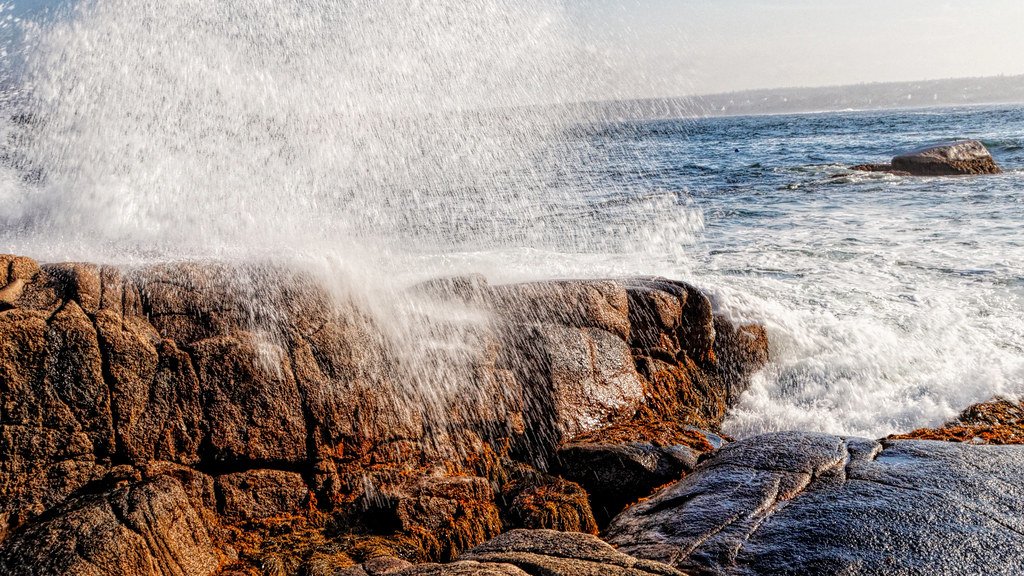
Here’s something that might surprise you: seas and oceans don’t always have the same salt content, and this difference often influenced their naming. Oceans maintain relatively consistent salinity levels around 3.5%, but seas can vary dramatically depending on their connections to other water bodies and local conditions. The Dead Sea is so salty you can’t sink in it, while the Baltic Sea is much less salty than typical ocean water because of all the freshwater rivers flowing into it. The Mediterranean Sea is actually saltier than the Atlantic Ocean because of high evaporation rates and limited freshwater input. These salinity differences create distinct ecosystems and even affect the physical properties of the water – saltier water is denser and behaves differently in currents and weather patterns. Ancient peoples could taste these differences and often used them as one way to distinguish between different types of water bodies.
The Temperature Factor That Shapes Everything
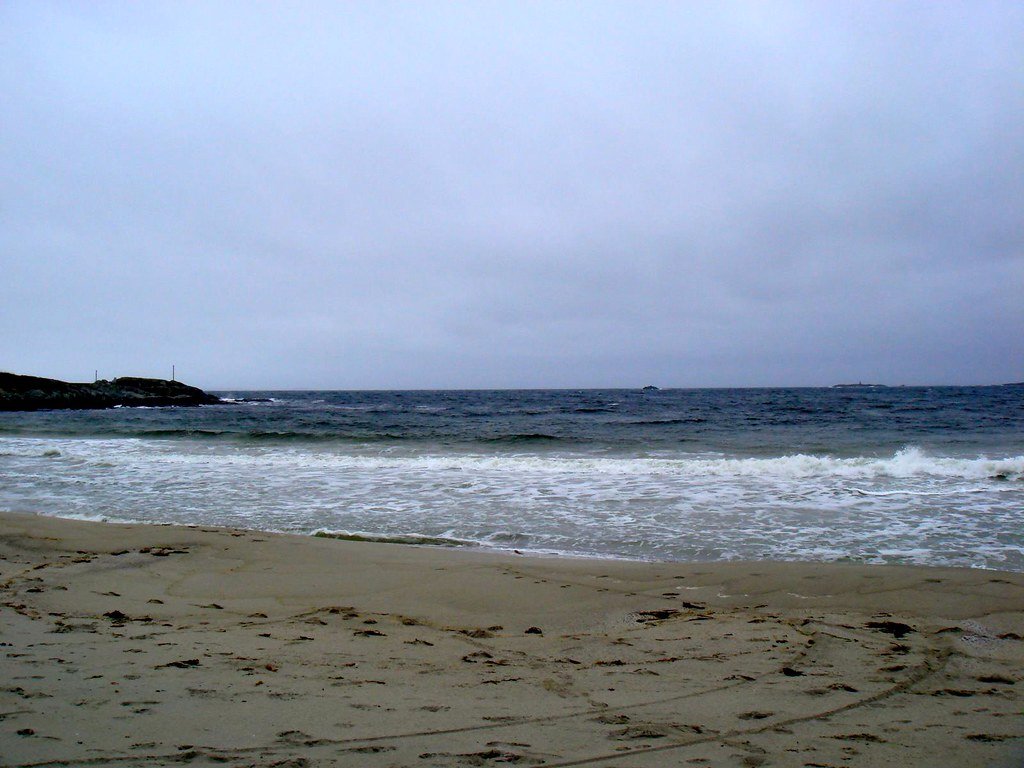
Temperature patterns provide another key distinction between seas and oceans that goes far beyond just how the water feels. Seas, because they’re often smaller and more enclosed, tend to have more extreme temperature variations throughout the year. The Mediterranean Sea can be deliciously warm in summer but surprisingly chilly in winter, while the massive Pacific Ocean maintains more stable temperatures due to its enormous volume. This temperature stability in oceans affects global weather patterns – they act like giant heat reservoirs that moderate climate changes. Seas, being smaller, respond more quickly to seasonal changes and local weather conditions. The difference is like comparing a small pond that freezes quickly in winter to a massive lake that takes much longer to change temperature. These thermal properties affect everything from the types of marine life that can survive in each environment to the weather patterns that develop over them.
Historical Navigation and Maritime Traditions
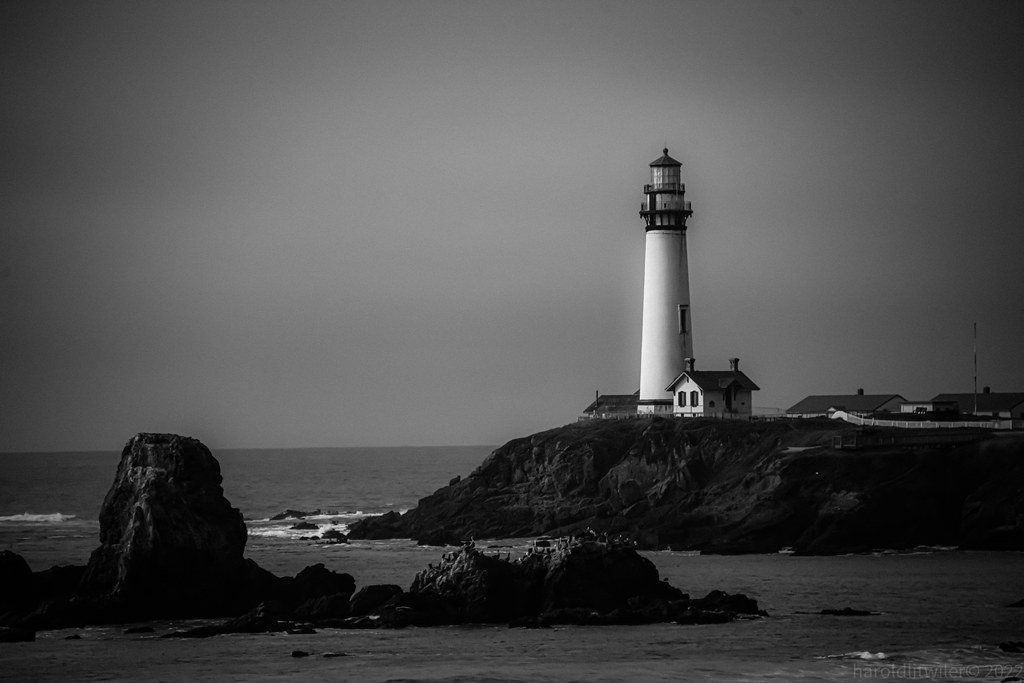
The naming of seas versus oceans has deep roots in maritime history and the practical needs of sailors and traders. Seas were often the first waters that coastal civilizations learned to navigate – they were smaller, more predictable, and had visible landmarks like islands or opposing shores. The Baltic Sea, North Sea, and Mediterranean Sea all served as crucial highways for early European trade and cultural exchange. Oceans, however, were the realm of epic exploration and discovery – crossing an ocean meant venturing into the unknown with no guarantee of finding land. This practical difference meant that seas became associated with known, manageable waters where you could develop detailed knowledge of currents, weather patterns, and safe harbors. Oceans represented the ultimate challenge, vast and mysterious spaces that required different skills, ships, and courage to navigate. These historical associations influenced how we continued to name and think about different water bodies.
Geological Origins Paint the Full Picture
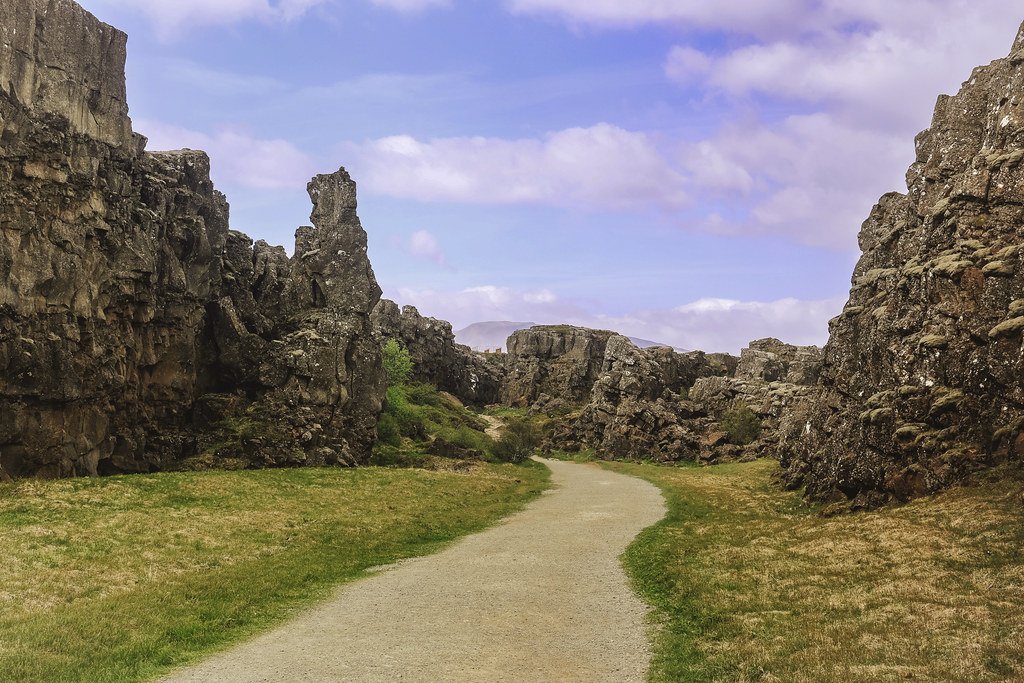
The geological story behind how seas and oceans formed provides fascinating insight into why we distinguish between them. Most oceans formed from ancient tectonic activity that created massive basins between continents, while many seas resulted from more recent geological events. The Mediterranean Sea, for example, is what’s left of an ancient ocean called Tethys that was mostly closed off when Africa moved closer to Europe. The Red Sea is actually a young ocean in the making – it’s a rift valley that’s slowly spreading apart and will eventually become a full ocean given enough time. The Caribbean Sea formed from complex tectonic movements that created a series of islands and underwater ridges. These different origins mean that seas and oceans have different underwater landscapes, different depths, and different relationships to the surrounding land masses. Understanding these geological differences helps explain why ancient peoples intuitively sensed that these water bodies were fundamentally different, even without modern scientific knowledge.
Marine Life Communities Follow the Same Patterns
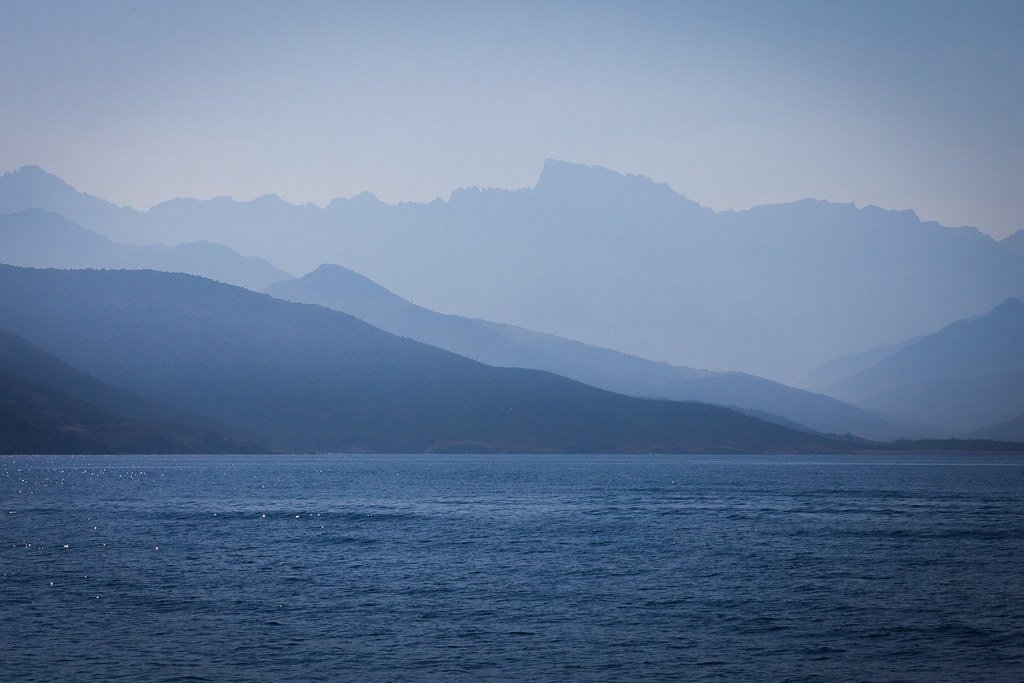
The marine ecosystems in seas versus oceans are so different that they almost seem like separate worlds, and this biological distinction reinforces the naming conventions. Seas, with their shallower depths and enclosed nature, often support incredibly diverse marine life that’s adapted to specific conditions. The Mediterranean Sea hosts species found nowhere else on Earth, while the Baltic Sea has creatures that have adapted to its unique low-salinity environment. Oceans, with their vast depths and open waters, support different types of life – from massive whale migrations that cross entire ocean basins to deep-sea creatures that live in eternal darkness. The Great Barrier Reef exists in the Coral Sea, but you won’t find anything like it in the middle of the Pacific Ocean. These biological differences mean that seas and oceans require different conservation approaches and support different types of human activities. Fishermen know that techniques that work in enclosed seas often don’t work in open ocean waters, and vice versa.
Modern Oceanography Meets Ancient Names
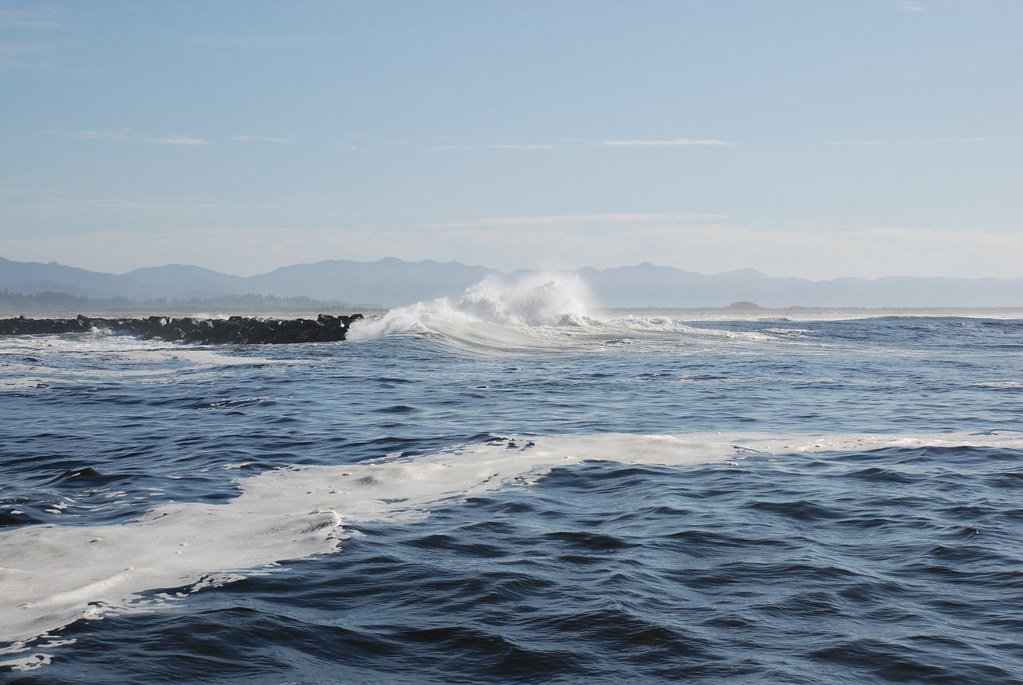
Today’s marine scientists use sophisticated tools to study water bodies, but they still work within the framework of names established centuries ago by people who had never seen a satellite image or measured ocean currents. Modern oceanography has revealed that the distinctions between seas and oceans are even more complex than our ancestors imagined. The Sargasso Sea, for instance, is defined not by land boundaries but by ocean currents that create a distinct ecosystem in the middle of the Atlantic Ocean. Scientists now understand that some “seas” are actually parts of oceans with unique characteristics, while some areas we call “ocean” function more like interconnected systems of smaller water bodies. The challenge is that changing names now would create chaos in navigation, international law, and scientific communication. So we maintain the traditional names while using modern science to understand what makes each water body unique.
International Boundaries and Legal Implications
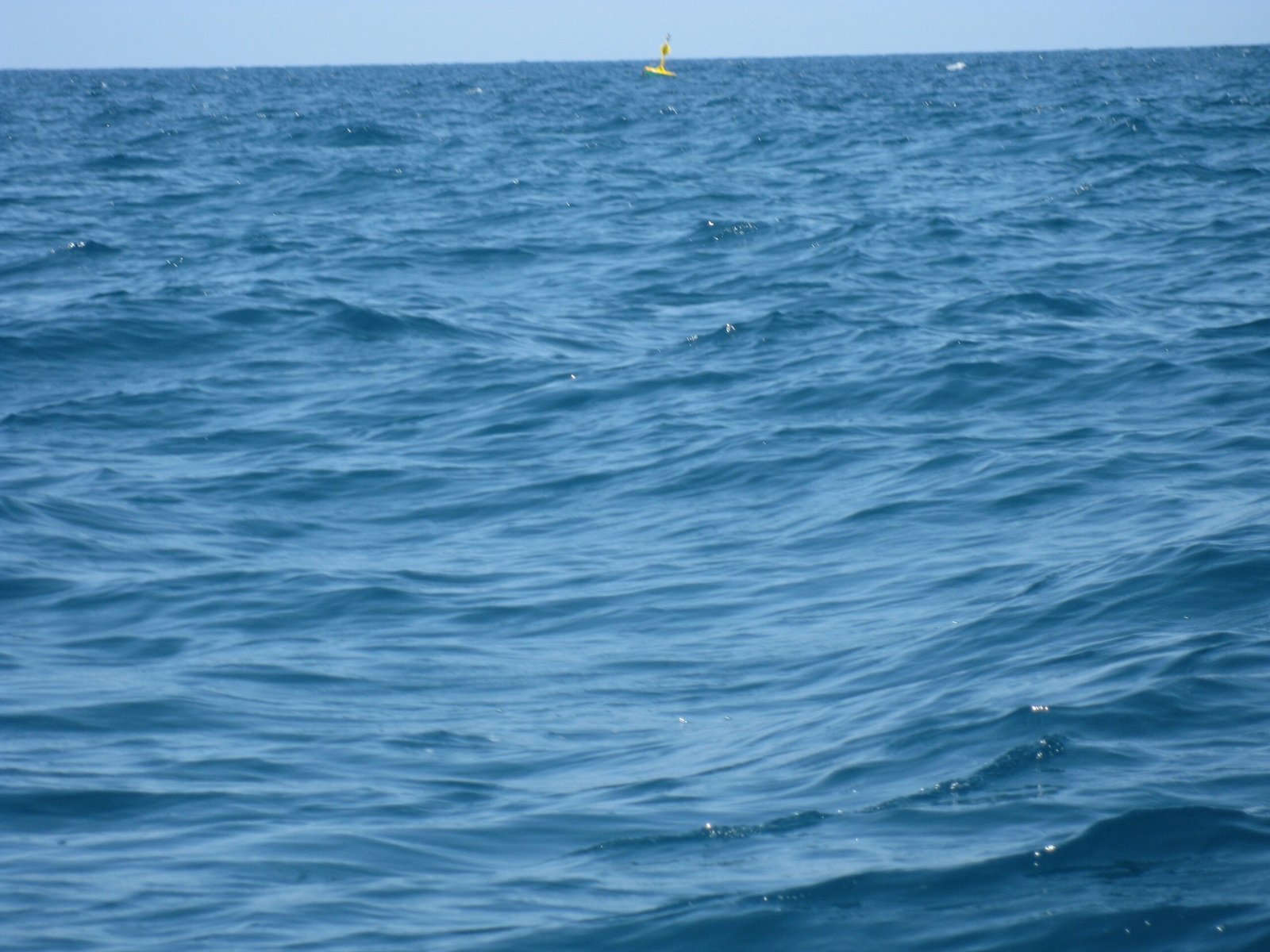
The distinction between seas and oceans has real legal and political consequences that affect everything from fishing rights to military operations. International maritime law treats enclosed seas differently from open oceans, particularly when it comes to territorial waters and exclusive economic zones. Countries can claim territorial waters extending 12 nautical miles from their coastlines, but in enclosed seas like the Mediterranean, these boundaries overlap and require complex negotiations. The South China Sea is currently the center of intense international disputes precisely because its classification as a “sea” affects how different countries can claim rights to its resources and waters. Open oceans are generally considered international waters beyond the 200-nautical-mile exclusive economic zones, but seas often involve more complex sovereignty issues. These legal distinctions mean that the difference between calling something a sea or an ocean isn’t just academic – it can affect international relations, trade routes, and resource extraction rights.
Climate Impact Differences Are Dramatic
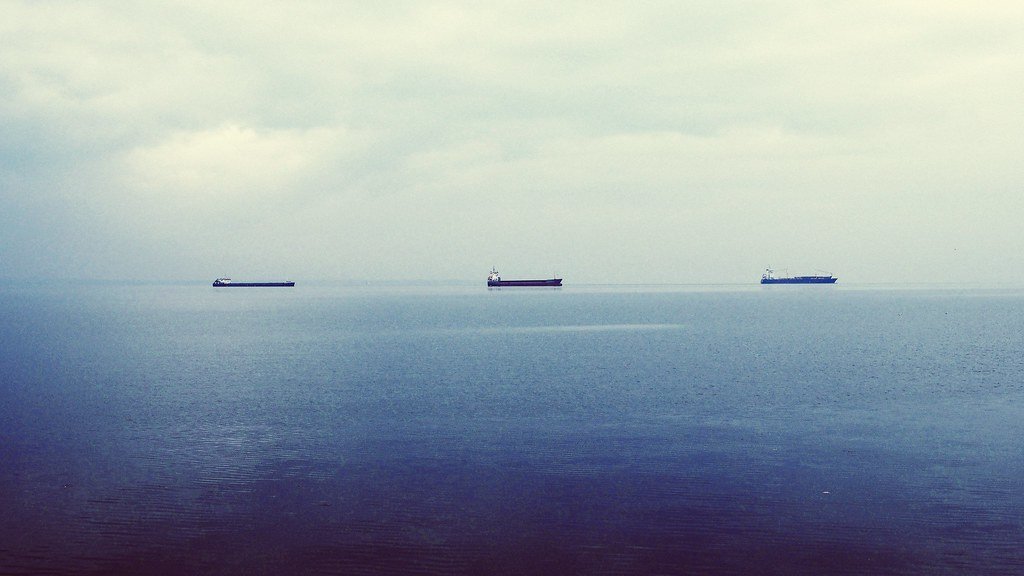
Seas and oceans play remarkably different roles in global climate systems, and understanding these differences is crucial for predicting weather patterns and climate change. Oceans act as massive heat engines that drive global weather patterns through their enormous thermal mass and circulation systems. The Gulf Stream in the Atlantic Ocean, for example, keeps Europe much warmer than it would otherwise be at its latitude. Seas, being smaller and more enclosed, create more localized climate effects but can be more dramatic in their immediate regions. The Mediterranean Sea creates the distinctive Mediterranean climate that supports unique agriculture and ecosystems around its shores. The monsoon patterns in the Indian Ocean affect billions of people, while the smaller Arabian Sea creates more localized weather patterns. As climate change accelerates, scientists are discovering that seas often respond more quickly to temperature changes than oceans, making them important indicators of broader climate trends.
The Role of Human Perception and Scale

There’s a psychological element to how we distinguish seas from oceans that goes beyond scientific measurements. Humans have an intuitive sense of scale and containment that influences how we perceive and name water bodies. Standing on the shore of Lake Superior, you might feel like you’re looking at an ocean because you can’t see the other side, but we call it a lake because it’s enclosed by land and filled with fresh water. The Persian Gulf feels like a sea because it’s enclosed and you can navigate from one end to the other in a reasonable time. The Pacific Ocean feels infinite because no matter how far you travel, you’re still surrounded by water with no land in sight. This human perception of scale and boundaries influenced how ancient peoples named these waters, and those names stuck even as our scientific understanding evolved. Our brains are wired to categorize spaces as either contained or boundless, and this fundamental cognitive difference shows up in how we’ve traditionally distinguished between seas and oceans.
Economic Activities Shape Naming Conventions

The economic uses of different water bodies have historically influenced whether they’re called seas or oceans, and these economic factors continue to matter today. Seas have traditionally been centers of regional trade, fishing, and cultural exchange – think of how the Mediterranean Sea connected ancient civilizations or how the North Sea supported the fishing industries of multiple countries. These enclosed waters allowed for the development of specialized knowledge about local conditions, seasonal patterns, and resource locations. Oceans, by contrast, became the highways for global trade and exploration, requiring different types of ships, navigation techniques, and economic strategies. Today, the distinction still matters economically – Caribbean Sea tourism is different from Pacific Ocean shipping routes, and North Sea oil drilling faces different challenges than deep ocean petroleum extraction. The economic activities that developed around different types of water bodies reinforced their distinct identities and helped maintain the naming conventions we use today.
Cultural and Mythological Significance

The cultural meaning attached to seas versus oceans reveals deep human psychology about space, adventure, and the unknown. Seas often appear in mythology and literature as places of specific adventures, encounters, and known dangers – think of Odysseus navigating the Mediterranean Sea or Viking sagas set in northern seas. These were waters with stories, personalities, and familiar characteristics that cultures could incorporate into their narratives. Oceans, however, often represent the ultimate unknown – vast, mysterious spaces that test human limits and challenge our understanding of the world. The “seven seas” of ancient imagination were specific, known waters, while the great oceans represented the edges of the known world. Even today, we talk about “crossing the ocean” as a major undertaking, while “sailing the sea” sounds more manageable and familiar. These cultural associations aren’t just poetic – they reflect real differences in how humans have historically related to these different types of water bodies.
Modern Technology Reveals Hidden Connections
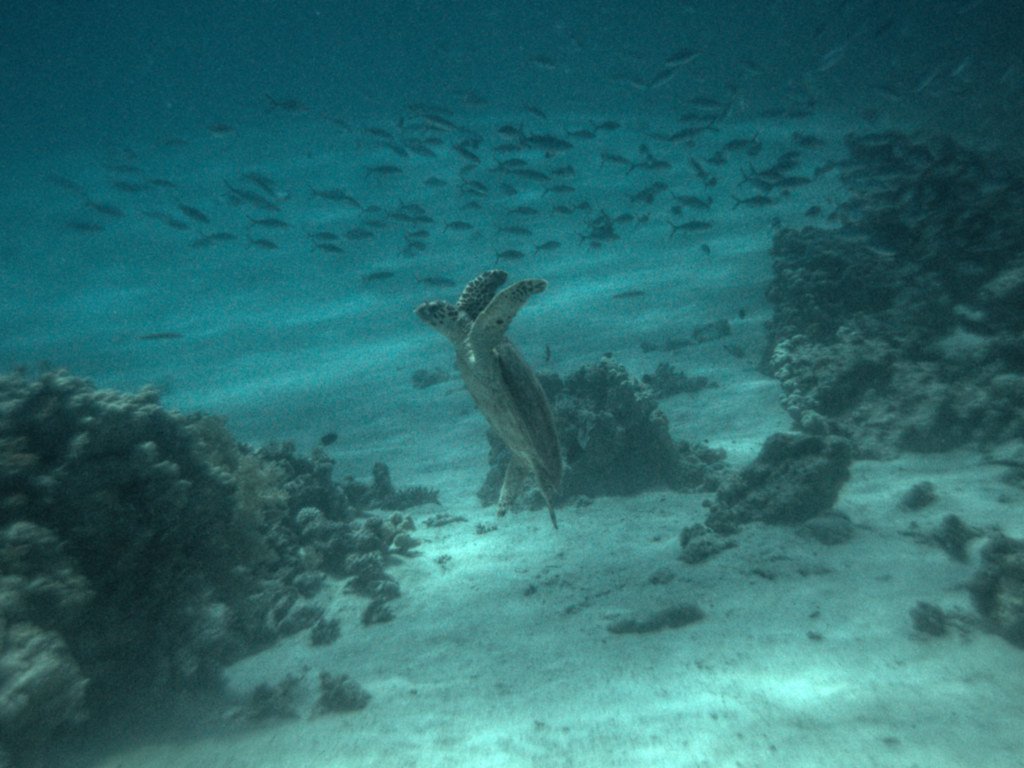
Satellite imagery and underwater mapping have revealed that the boundaries between seas and oceans are more complex and interconnected than early mapmakers ever imagined. What appears as separate water bodies from the surface are often connected by underwater currents, shared ecosystems, and continuous geological features. The Mediterranean Sea connects to the Atlantic Ocean through the Strait of Gibraltar, but underwater currents create a complex exchange system that makes them function almost like connected chambers in a vast system. Modern oceanography shows us that Earth’s waters form one interconnected system, but the traditional names remain useful for describing different regions with distinct characteristics. GPS technology now allows us to map exact boundaries and measure precise depths, but these technical capabilities haven’t changed the fundamental reasons why humans distinguish between different types of water bodies. If anything, modern technology has confirmed that the intuitive distinctions our ancestors made were based on real, measurable differences in these aquatic environments.
Future Implications of Rising Sea Levels
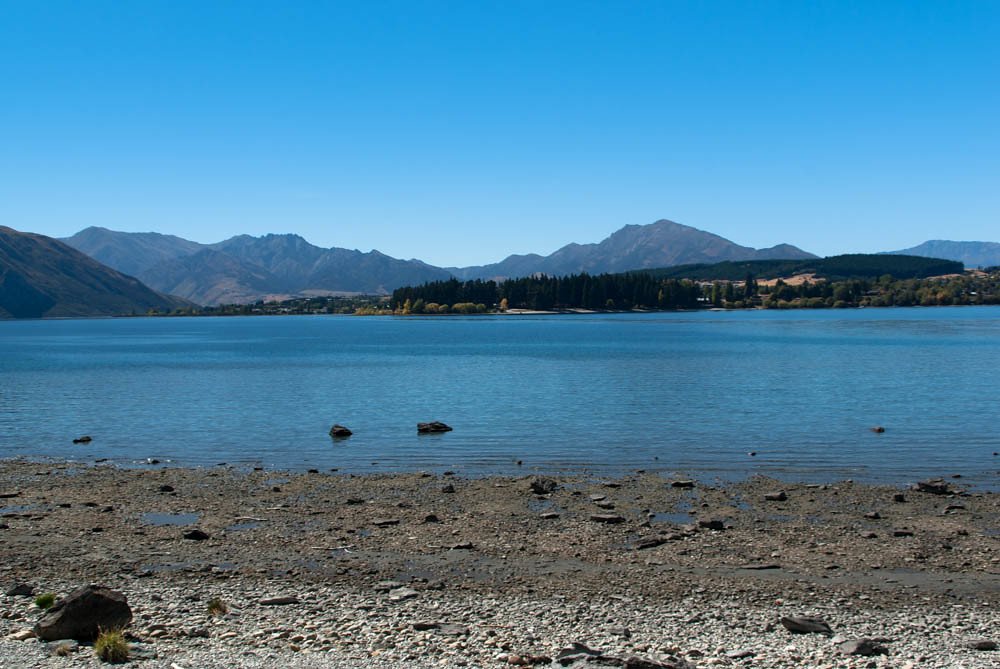
Climate change and rising sea levels are beginning to blur some of the traditional distinctions between seas and oceans in ways that could affect future naming conventions. As sea levels rise, some enclosed seas might become more connected to oceans, while new bodies of water might form that don’t fit neatly into traditional categories. The Arctic Ocean is losing ice cover that has historically made it feel more like an enclosed sea, and it’s beginning to function more like an open ocean with year-round navigation possibilities. Some low-lying areas might become new seas as ocean waters permanently flood what is currently dry land. These changes raise interesting questions about how we’ll categorize and name water bodies in the future. Will we develop new terms for these emerging aquatic environments, or will we stretch the definitions of existing categories? The distinction between seas and oceans has served us well for thousands of years, but our changing planet might require new ways of thinking about and naming the waters that surround us.
The next time you look out at any body of water, you’ll know that its name carries centuries of human experience, scientific understanding, and cultural meaning. Whether it’s called a sea or an ocean tells the story of how humans have explored, used, and understood that particular piece of our blue planet. These aren’t just arbitrary labels – they reflect real differences in size, geography, ecology, and human relationships with these waters. From ancient sailors navigating by the stars to modern scientists studying climate change, the distinction between seas and oceans continues to matter in ways both practical and profound. What would you call a body of water if you were the first person to discover it?

